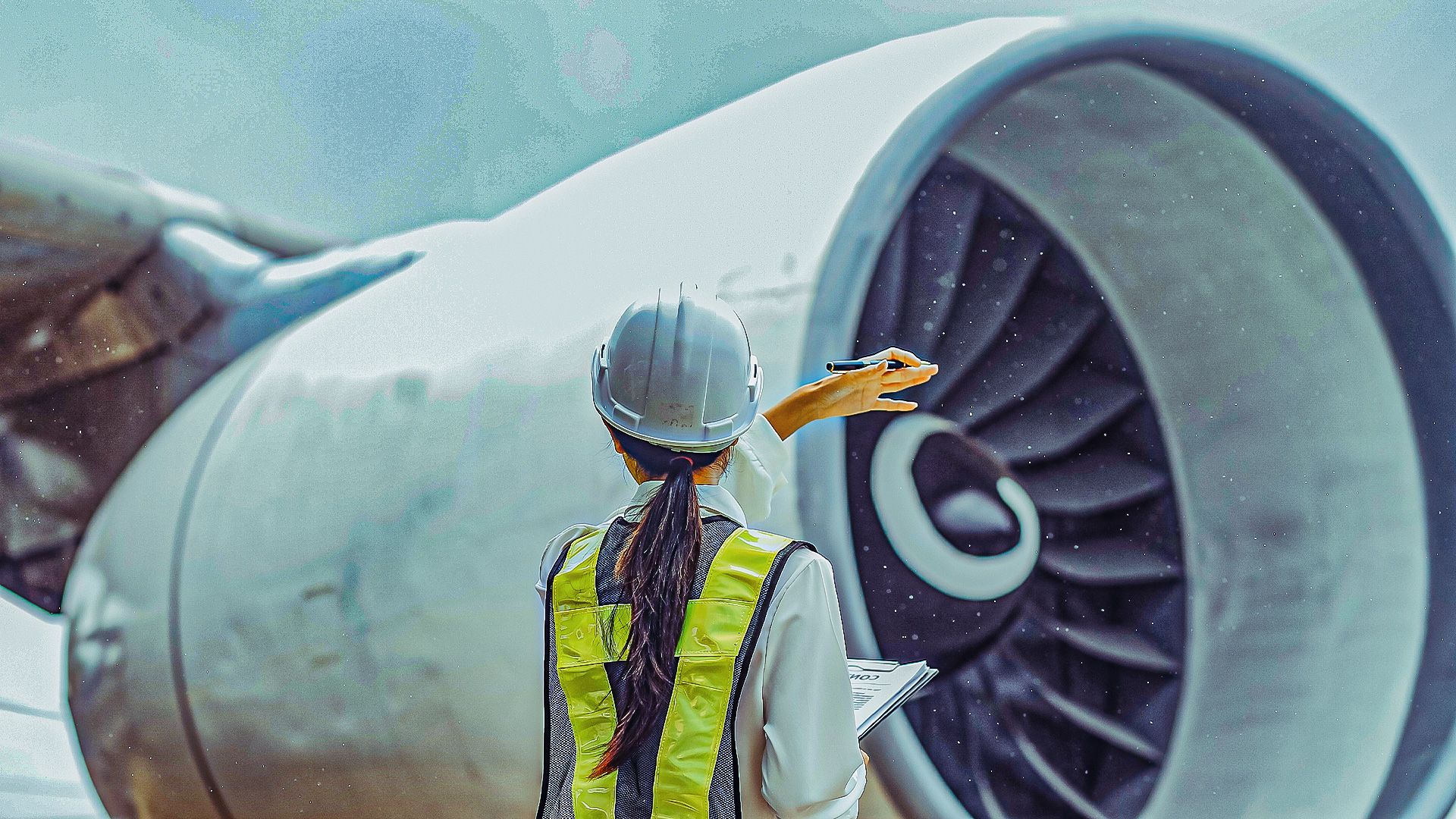World
Aerospace Engineers’ Salaries Soar Amid Growing Industry Demand

The demand for aerospace engineers is rising, with entry-level salaries in the United States averaging around $85,000 annually. In more senior positions, salaries can exceed $200,000 per year, with a median income of approximately $135,000. This financial landscape reflects the high level of expertise required in a field that encompasses aircraft, spacecraft, satellites, and missiles.
Aerospace Engineering: A Growing Field
According to the US Bureau of Labor Statistics, the aerospace engineering sector is projected to grow at a rate of 6% per year, surpassing the national average for job growth. In 2024, over 71,000 job openings were recorded, with an anticipated increase of more than 4,000 positions by 2034. A bachelor’s degree in aerospace engineering or a related discipline is typically required for entry-level roles, often necessitating security clearance for positions involving national defense.
The increased demand for aerospace engineers is fueled by advancements in technology aimed at reducing noise pollution and enhancing fuel efficiency in commercial aircraft. Furthermore, the cost of satellite launches has decreased, driving the need for engineers skilled in developing smaller, commercially viable satellites. The growing interest in drone technology for various applications, from agriculture to emergency response, is also expected to create additional job opportunities.
Specializations in Aerospace Engineering
Aerospace engineers can specialize in various fields, including aeronautical and astronautical engineering. Aeronautical engineers primarily focus on designing and analyzing aircraft, while astronautical engineers work on spacecraft systems. Entry-level engineers typically start with basic design and analysis tasks under the mentorship of more experienced professionals. Over time, they may advance to positions where they manage junior engineers or opt for technical roles that address complex engineering challenges.
Specializations such as aerostructures, propulsion, and avionics are common, and pursuing advanced degrees or certifications, like a Professional Engineer (PE) license, can enhance career prospects. As engineers gain experience, they may move into prominent roles at leading companies such as Boeing, Lockheed Martin, or Northrop Grumman, where salaries can exceed $200,000.
The commercial aerospace sector is currently experiencing a recovery from the setbacks caused by the COVID-19 Pandemic. Increased air travel demand has led to significant backlogs in commercial aircraft orders, particularly impacting major manufacturers like Boeing and Airbus. While Boeing has faced challenges, including the grounding of the 737 MAX, the company is making strides toward improving quality and efficiency, aided by oversight from the Federal Aviation Administration (FAA).
Defense and Commercial Applications
The defense aerospace sector remains a critical area of employment, with the US Armed Forces being a substantial consumer of aerospace products. The F-35 Lightning II program, managed by Lockheed Martin, stands as the largest defense project in US history. With a renewed focus on advancing air power technology, demand for aerospace engineers is expected to remain robust.
Moreover, the industry is not only stable due to government funding but also offers competitive salaries, particularly in defense-related roles. Companies like Raytheon and General Dynamics provide a range of employment opportunities, as the defense sector continues to innovate with advancements in unmanned aircraft technologies and hypersonic missile systems.
For those entering the aerospace field without a four-year degree, positions in aerospace engineering and operations are accessible with an associate’s degree or high school diploma, supplemented by specialized training. These technicians, often referred to as the “boots on the ground,” play essential roles in the development, testing, and production of aerospace systems, earning an average salary of around $75,000.
The aerospace engineering field is poised for growth, presenting opportunities for both new graduates and seasoned professionals. With the ongoing evolution of technology and the increasing complexity of aerospace projects, the future looks promising for those pursuing careers in this dynamic industry.
-

 Science4 weeks ago
Science4 weeks agoALMA Discovers Companion Orbiting Giant Red Star π 1 Gruis
-

 Politics2 months ago
Politics2 months agoSEVENTEEN’s Mingyu Faces Backlash Over Alcohol Incident at Concert
-

 Top Stories2 months ago
Top Stories2 months agoNew ‘Star Trek: Voyager’ Game Demo Released, Players Test Limits
-

 World2 months ago
World2 months agoGlobal Air Forces Ranked by Annual Defense Budgets in 2025
-

 World2 months ago
World2 months agoElectrification Challenges Demand Advanced Multiphysics Modeling
-

 World2 months ago
World2 months agoMass Production of F-35 Fighter Jet Drives Down Costs
-

 Business2 months ago
Business2 months agoGold Investment Surge: Top Mutual Funds and ETF Alternatives
-

 Science2 months ago
Science2 months agoTime Crystals Revolutionize Quantum Computing Potential
-

 Top Stories2 months ago
Top Stories2 months agoDirecTV to Launch AI-Driven Ads with User Likenesses in 2026
-

 Entertainment2 months ago
Entertainment2 months agoFreeport Art Gallery Transforms Waste into Creative Masterpieces
-

 Health2 months ago
Health2 months agoGavin Newsom Critiques Trump’s Health and National Guard Plans
-

 Business2 months ago
Business2 months agoUS Government Denies Coal Lease Bid, Impacting Industry Revival Efforts









